Cu Lao Cham in Vietnam’s central province of Quang Nam is a UNESCO World Biosphere Reserve that promotes the conservation and protection of coral reefs, ecological diversity, and cultural heritage.
Over the past twenty years, with the help of biologist Dr Chu Manh Trinh, the islanders have transformed their once-polluted home in the archipelago, 20 nautical miles from Hoi An, into a pristine environment.
The ideas were shared with The Hanoi Times by Dave & Kathy Monk, husband and wife owners and operators of Chicago-based Brave New Pictures, whose work has been seen in over 200 countries, translated into 42 languages and broadcast on Discovery Channel, The History Channel, Science, Travel Channel International, and National Geographic Online, among others.
The archipelago is renowned for its marine life, which includes seaweed, corals, mollusks, and crabs. Mountains and rainforest ecosystems can be found on the islands, and seasonal monsoons have a significant impact on both.
It's a piece of narration from a short documentary released in 2023 by Brave New Pictures which produces award-winning narrative, documentary, educational and promotional video programs, exhibition media, interactive entertainment, digital photography, and eLearning projects for a wide range of clients.
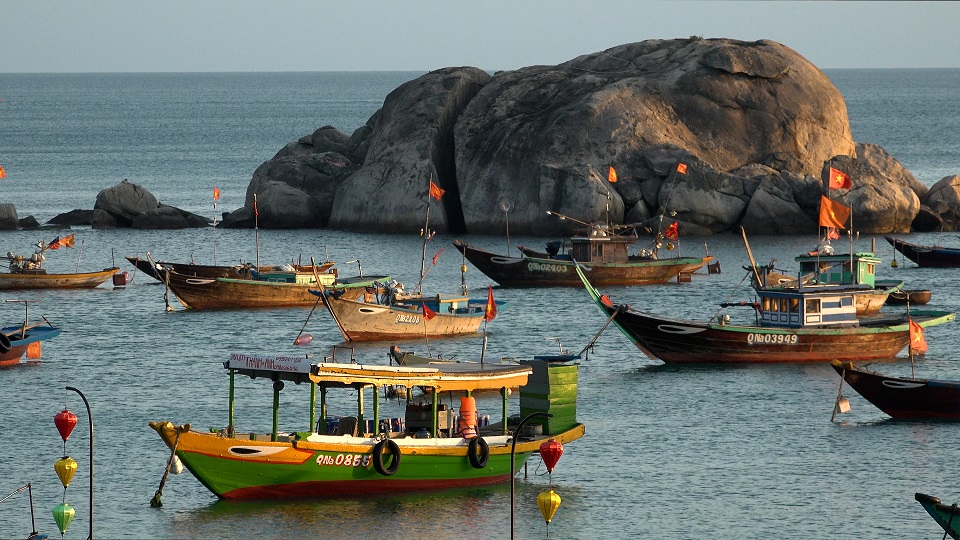
Fishing boats in Cu Lao Cham. Photos: Brave New Pictures
Special chance
Dave & Kathy Monk, a husband-and-wife team who have owned and operated Brave New Pictures since 1991, were intrigued by a proposal made in late 2022 by James Borton, a respected journalist, who asked if they’d be interested in collaborating on an environmental documentary in Vietnam.
As filmmakers, Dave and Kathy Monk have been able to share many stories about environmental conservation and cultural preservation all over the world, but they’d never been to Vietnam. However, they jumped at the chance as James has been working in and reporting on stories about Southeast Asia and Vietnam for many years.
“When we heard from James that funding had been secured, we had less than two weeks to prepare for our trip to Vietnam. In our hometown of Chicago, Illinois, USA, we have many fine Vietnamese restaurants and are very fond of the food, so we were excited to learn first-hand about a country and people we, unfortunately, knew very little else about. That all changed once we landed in Ho Chi Minh City, a bustling, vibrant metropolis,” Dave Monk told The Hanoi Times.
As tourists, they visited Independence Palace, Saigon Central Post Office, and had drinks on the rooftop of Hotel Majestic, overlooking the Saigon River. The next day it was all business, as they flew to Danang and traveled on to Hoi An, where they met James Borton in person for the first time. “We found this historic city to be the perfect jumping-off point for our next destination – Cu Lao Cham,” Dave said.
After a 20-minute speedboat ride, they pulled into a picturesque harbor in the village known as Bai Lang. Dr. Trinh told them that this same harbor had once been a dumping ground for the islanders. Over the years he has worked with them to implement a waste disposal and recycling program and to embrace a sustainable ecological model that ensures their natural environment thrives, with the added potential for ecotourism to have a positive economic impact.
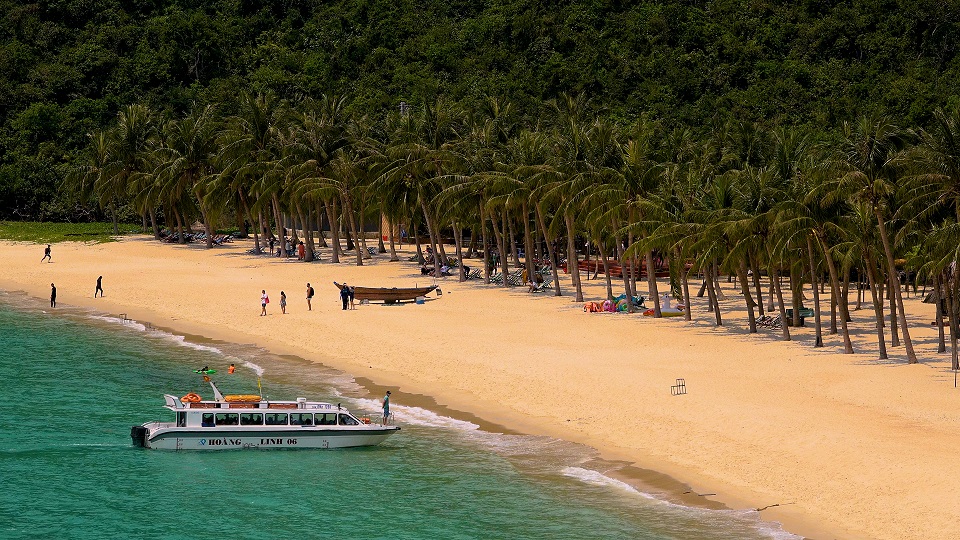
Beautiful beach and clean water in Cu Lao Cham.
Peaceful life on the island
As it turned out, a wedding reception was taking place just outside of the homestay which would be their base for the next five days. They filmed parts of the reception, and some of the footage made it into the documentary. Further away from the action, they began conducting interviews with some of the islanders, including a fisherman who was repairing one of his nets, and a “forest” man picking medicinal leaves near a beautiful stream in the hills behind Bai Lang.
Through delightful and resourceful interpreter Cao Nguyen Thao Huyen aka Chip, a staff member at the Marine Protected Area (MPA) Management Board, who grew up on Cham Island – a small island with less than 3,000 people - they were able to communicate with their subjects and try to understand what life is really like there.
Other interviewees during their five days on the island included a lady who skillfully weaves hammocks from sycamore bark, a monk who tends to the sacred Ong Ngu Whale temple, a mother and daughter who make traditional banh it la gai (sweet sticky cakes made from mung bean and local leaves) cakes from a recipe passed down through generations, several more fishermen, a marine biologist from the MPA who monitors the health of the coral reef system, and finally, Dr. Trinh himself. He talked about how it took many years to implement, in partnership with the locals, this successful program, resulting in Cu Lao Cham becoming a UNESCO World Biosphere in 2009.
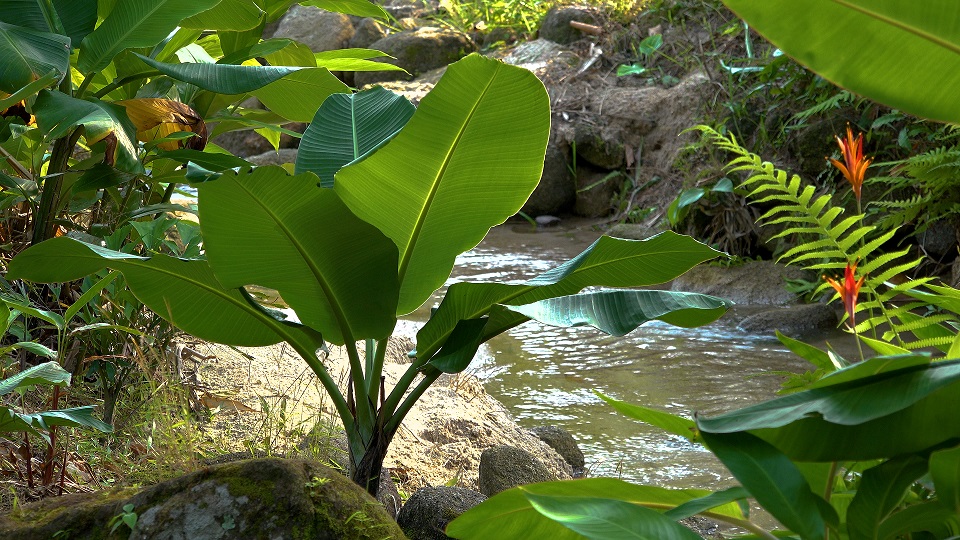
Cu Lao Cham is a place that fully demonstrates the harmony between man and nature.
As their homestay was close to the dock, where the fish market convenes each morning from around 4:30 am, the filmmakers watched these scenes unfold, one of the highlights of their visit – the rituals of weighing, organizing, and displaying freshly caught seafood, de-scaling and in some cases cutting off heads – and their favorite, flicking the eyes of squids back into the water.
This, along with negotiating cash transactions, and observing friends and neighbors engage in a practice that probably goes back many generations, was particularly enjoyable and a way of getting a glimpse of everyday life on the island. People ride their bicycles and motor scooters into town to see what is on offer for the day.
“We were fortunate to experience this several times, and even though we were obviously filming the activities, we soon blended into the background, and no one even seemed to notice us. We always try to be respectful of our subjects, especially those who are camera-shy. After several hours, the market disbands and the dock is fairly quiet again until the next morning,” said the famous filmmaker.
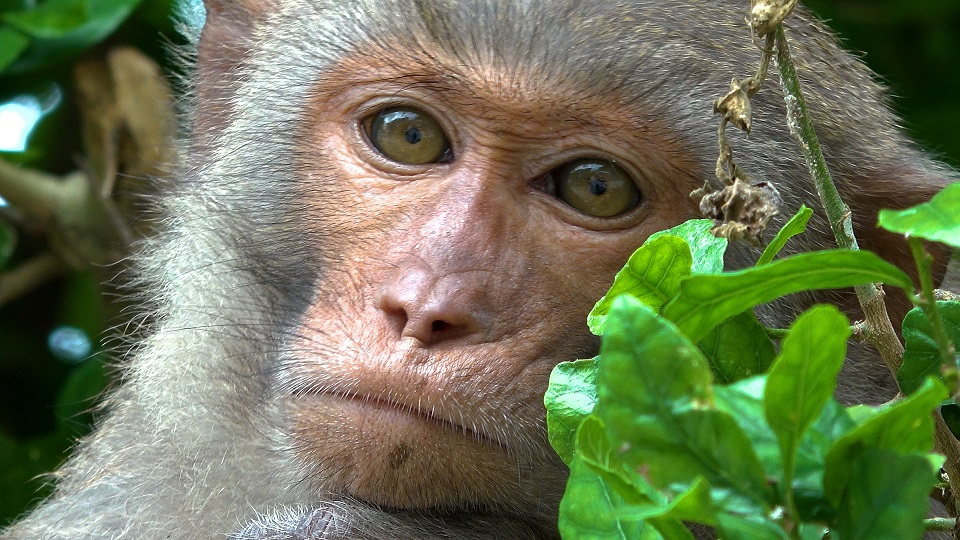
A monkey in Cu Lao Cham.
Towards the end of the week, they were allowed to fly our drone to capture aerial footage on a picture-perfect day. It is here where you can see the true and vast beauty of Cu Lao Cham.
One evening they joined Chip for dinner at her mother’s house, and on their way, as the sun was setting, they passed the village football pitch, built during the pandemic. It was delightful to see the villagers enjoying themselves and using a space that didn’t exist until only a few years ago. “It is a scene like this that truly helps us connect with people on the other side of the world,” Dave Monk said.
Another person they had spent time with was Ngo Duy Minh Thai who works with the Vietnamese Foreign Press Center and made sure everything went smoothly during their visit. They became friends and have kept in touch.
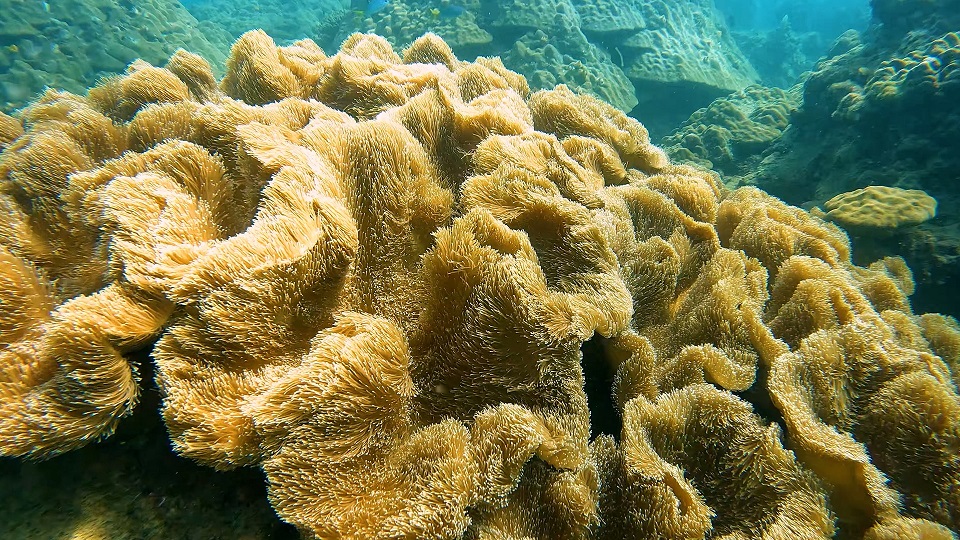
Coral reef in Cu Lao Cham.
“Before our trip, James Borton told us we might not want to leave Cu Lao Cham, and on our last day, as my wife and I were sitting outside the beautiful Tinh xa Ngoc Huyen (Ngoc Huyen Buddhist temple), we admitted James was right. But, since all good things must come to an end, we vowed to come back to Vietnam one day – hopefully with our daughters,” Dave Monk said.
He thanked James Borton for inviting them to share this uplifting story of ecological success. “We found the people to be delightful and quick to smile. And of course, the food is some of the best we’ve ever had on our travels. We look forward to returning one day soon,” the filmmaker said.
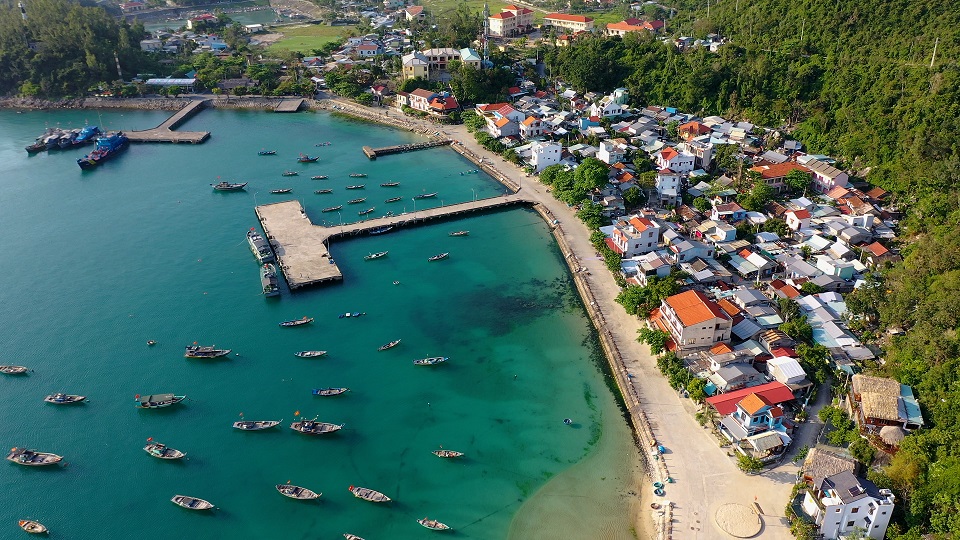
Part of Cu Lao Cham from above.
Minh Nguyen